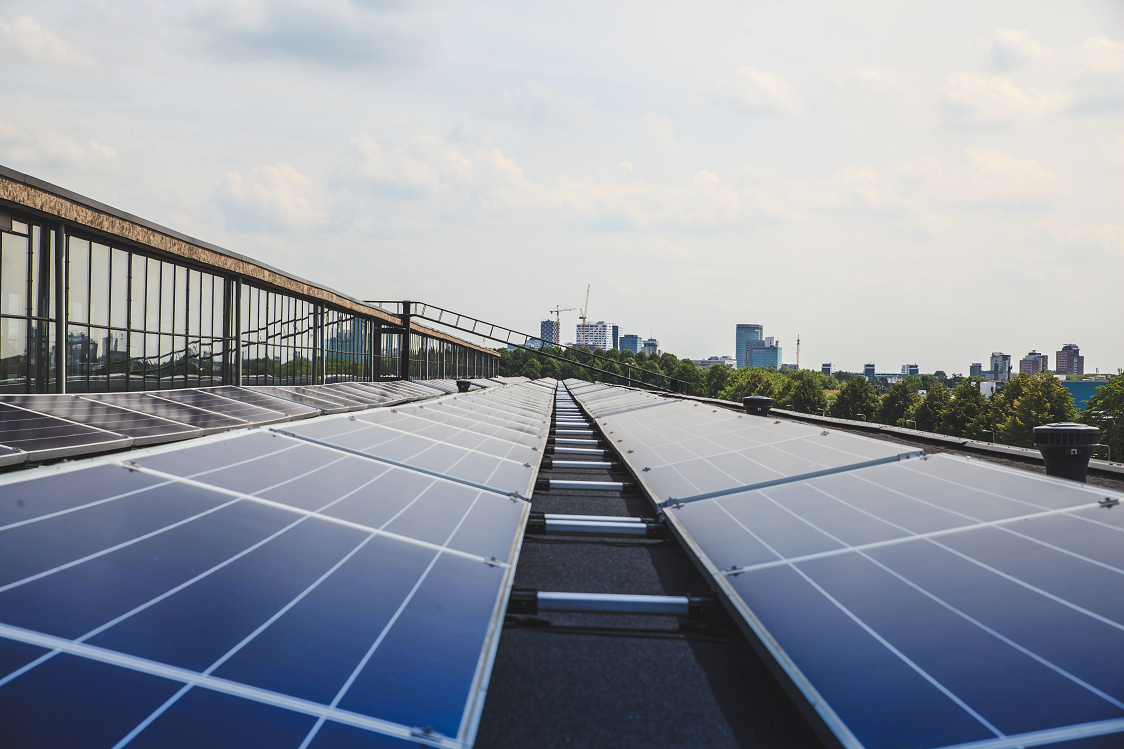Written by: Cole Petrillo, Project Development Manager at SolarKal
The most significant climate bill in US history has been signed into Law by the White House. The Inflation Reduction Act donates $369 billion to develop many aspects of clean energy (as well as health care and employment). This legislation catalyzes the nation’s transition to decarbonization through incentivizing renewable energy economy-wide. One of the most significant changes coming to solar projects is the updated Investment Tax Credit (ITC).
Prior to this bill, the ITC was set at 26%. This meant that the owner of a $100,000 solar project would receive a $26,000 tax credit once their system was operational. However, the ITC was set to decrease to 10% in 2024. This new bill raises the ITC to 30% and is locked in for the next decade, boosting project economics and giving the industry some much-needed certainty.
Unlike the current 26% ITC, the new 30% ITC will require certain project provisions to be met in order to qualify. Additionally, we will be seeing “bonus” ITC adders included on top of the 30% for projects that meet specific criteria. In this article, we’ll break down the language of this bill and explain how ITC will be calculated on various project types.

Labor Requirements
Solar projects above 1 MW (i.e. a 120,000 sqft roof) must meet specific prevailing wage and other labor requirements to earn the 30% ITC. If requirements are not met, these projects will only receive a 6% credit. Any projects under the 1 MW threshold are automatically granted 30%.
Many states such as NJ, IL, and NY already require prevailing wages for solar projects. In markets without prevailing wage requirements, project economics should at a minimum break even with the value of the increased ITC.
Domestic Equipment
Today, the vast majority of solar projects use equipment manufactured overseas. With this new bill, projects that utilize a specific portion of domestic equipment will earn a 10% bonus on top of the 30% ITC. With a combined ITC of 40% as an incentive, we will likely see more projects using US-made panels, inverters, racking, etc. for the first time in solar history.
Location-Specific
Projects that meet particular “low-income” preconditions or those sited on brownfields will also earn a 10% bonus credit. Brownfields are environmentally compromised lands, and are often great candidates for ground-mounted solar projects because residential, commercial, and industrial uses are not permitted.
Battery Projects
Finally, stand-alone battery storage projects will now also receive the 30% ITC. Previously, these projects were ineligible for tax credits. With this new incentive, the market may open up for siting battery projects as well.
Tax-Exempt Entities
Tax-exempt entities such as non-profits and state and local governments could not previously monetize the 26% ITC because they did not actually pay taxes. However, the new bill will allow the 30% ITC to be paid out as cash to tax-exempt entities.
The Bottom Line
The changes outlined in the Inflation Reduction Act mean that solar projects can earn up to 50% in government tax credits by checking all of these boxes. This is a massive incentive. It was already a great time to go solar prior to the Inflation Reduction Act of 2022, and now is even better.
To learn more about SolarKal and commercial solar projects, check out these additional resources:
SolarKal presents at Understory's Startups Driving Sustainability Showcase
The Understory Podcast: David Wei of SolarKal: simplifying solar procurement







Join the conversation.